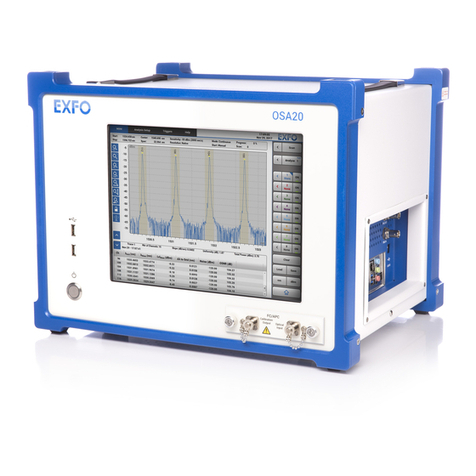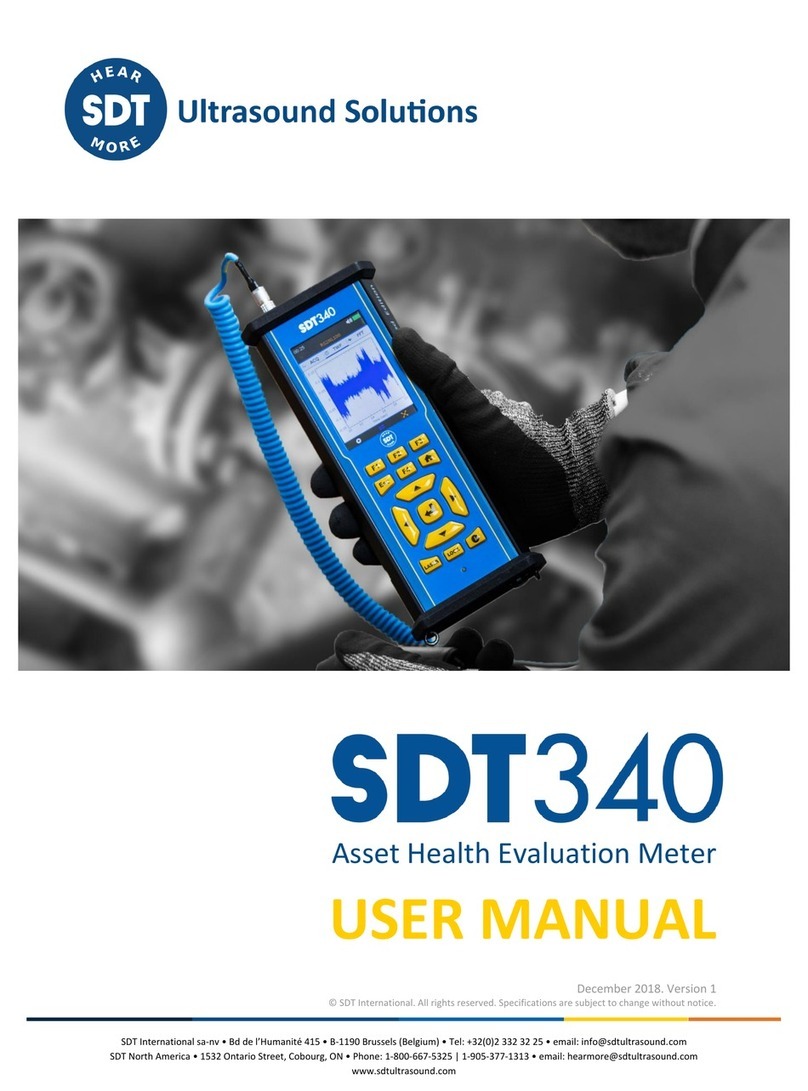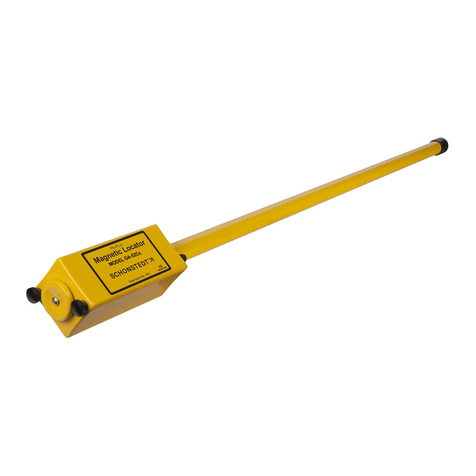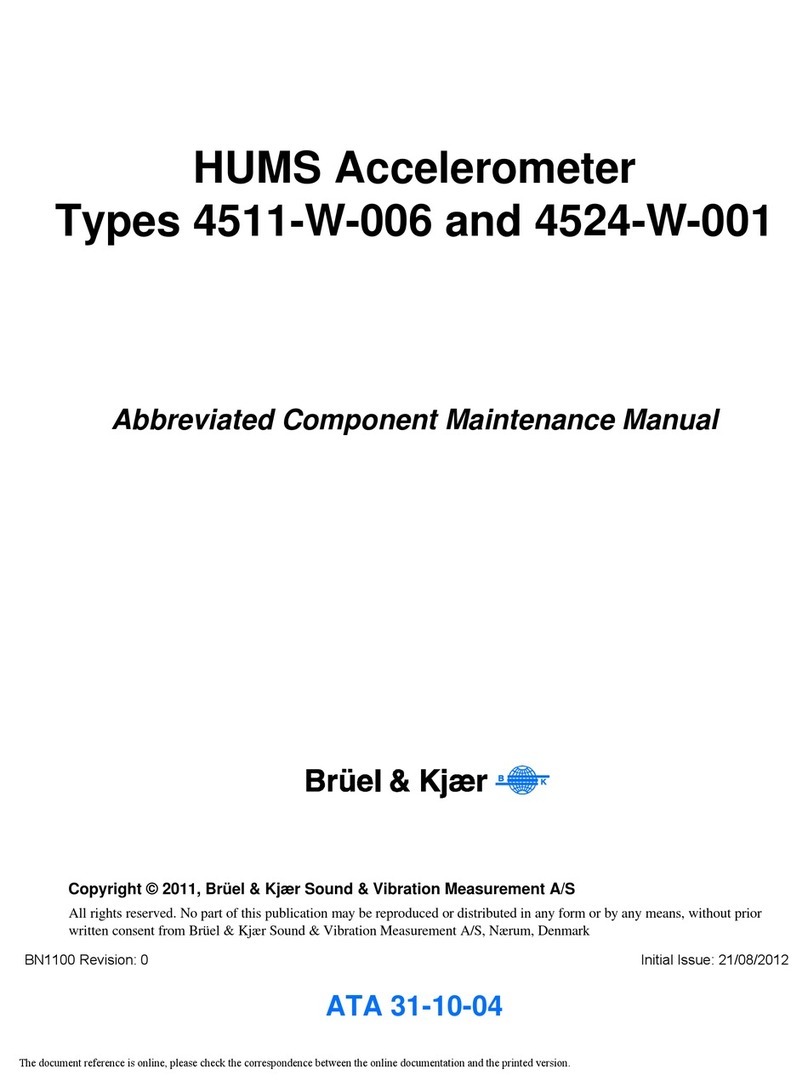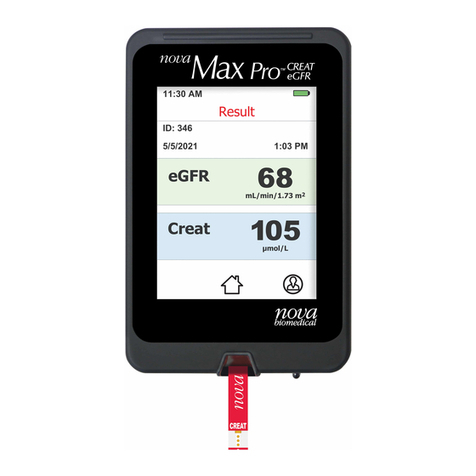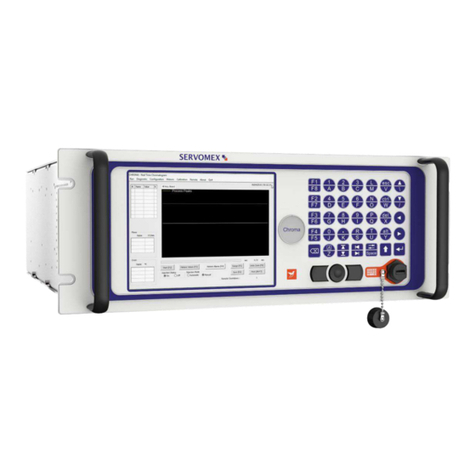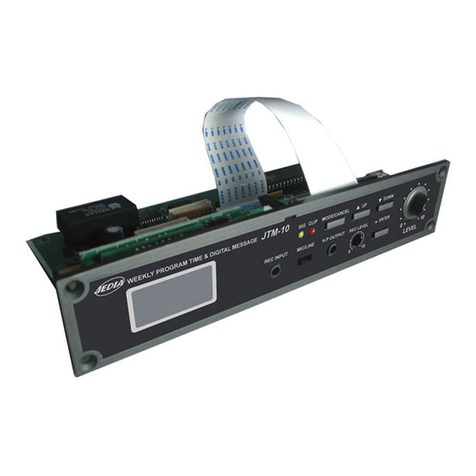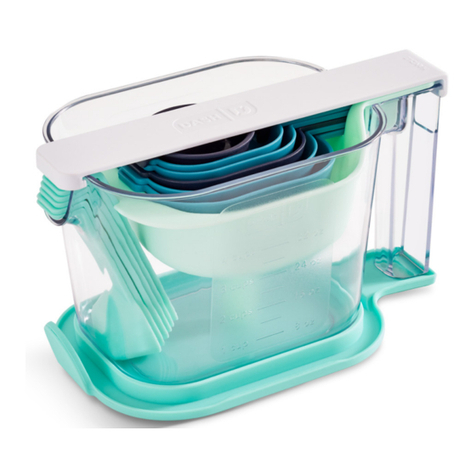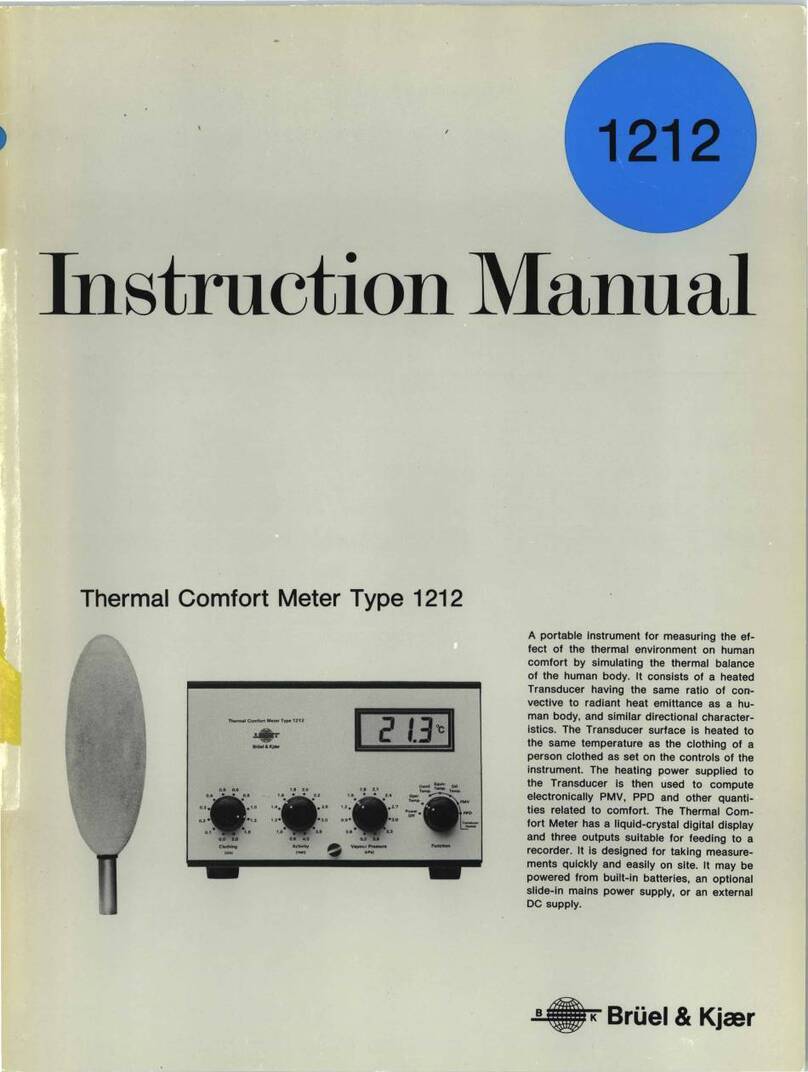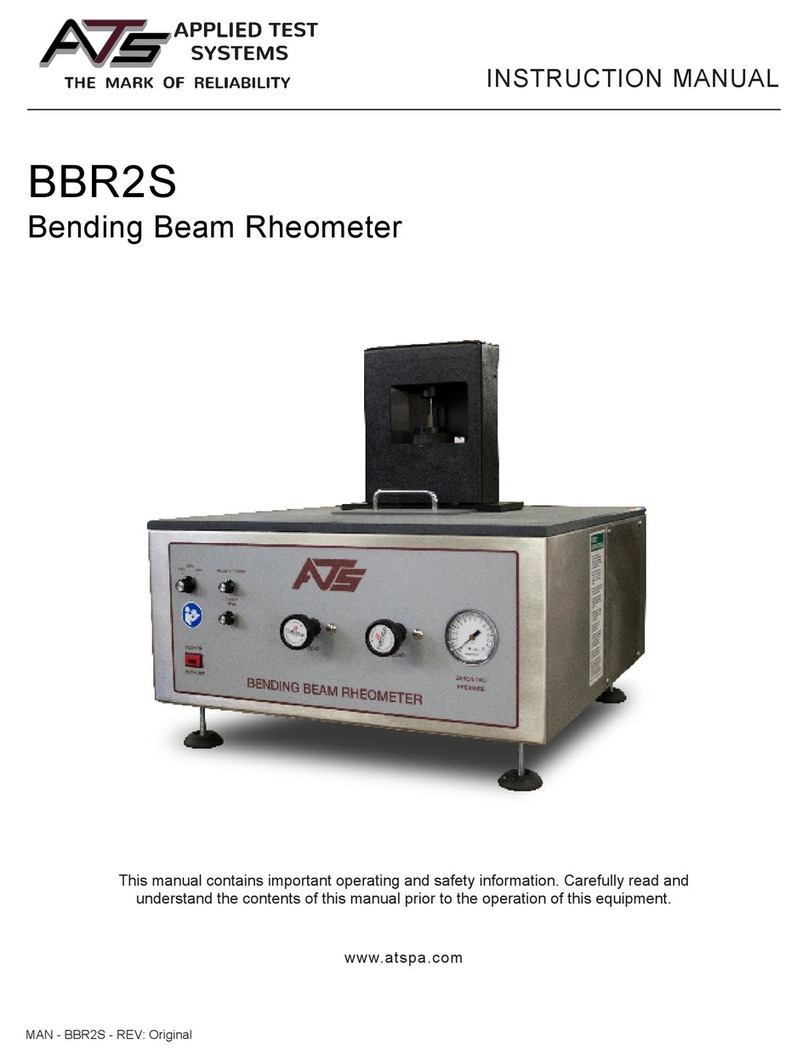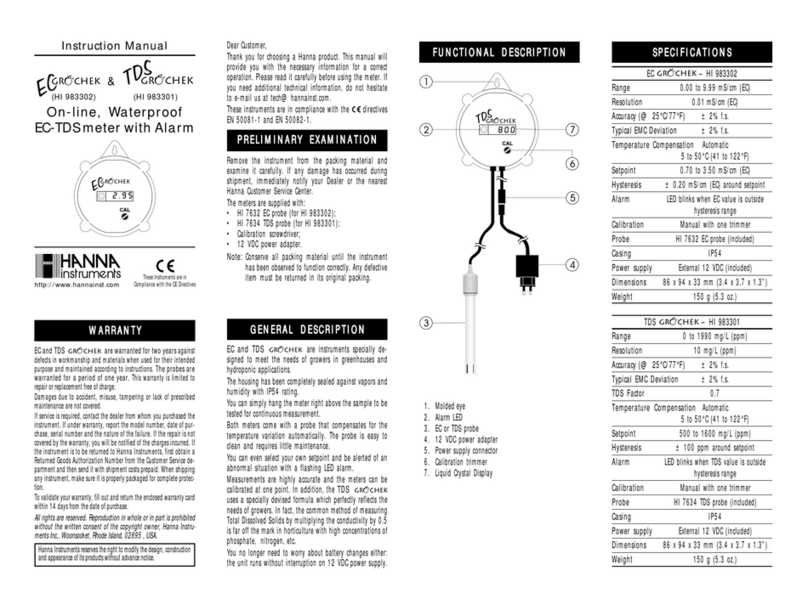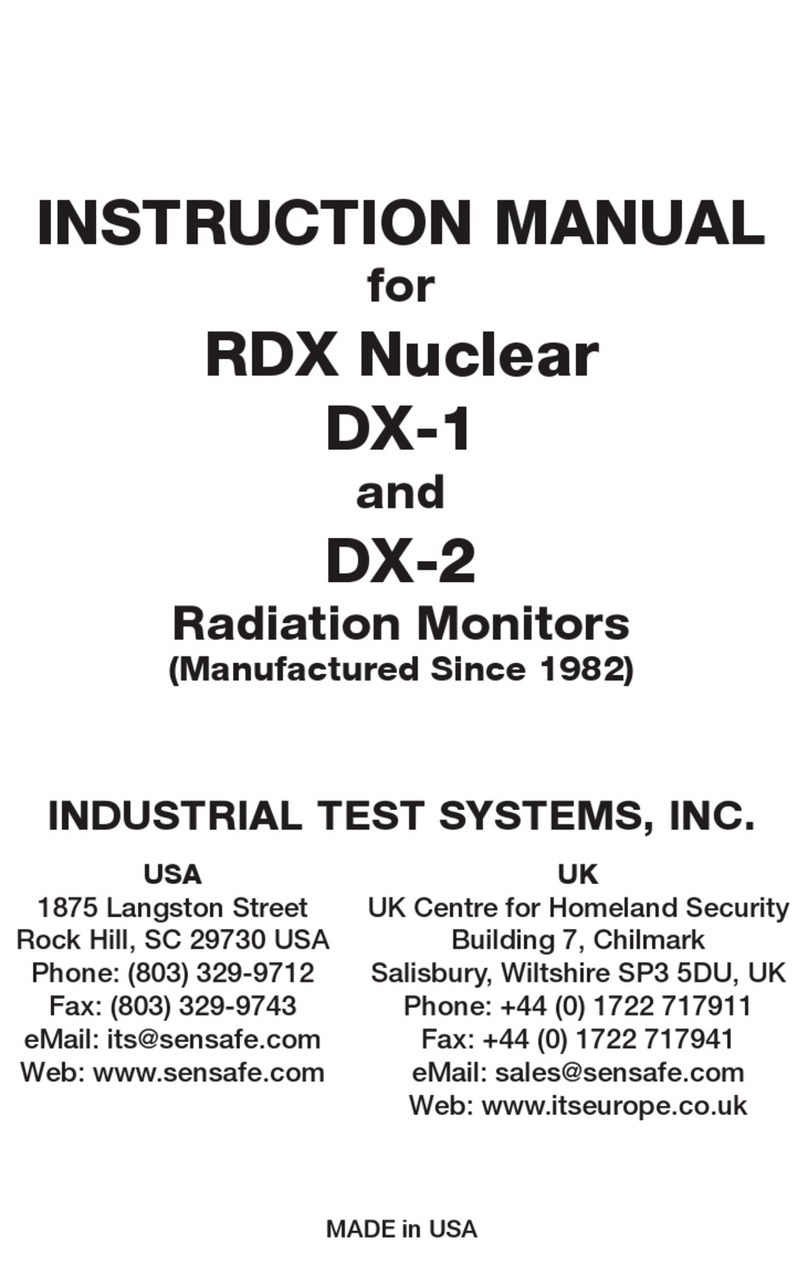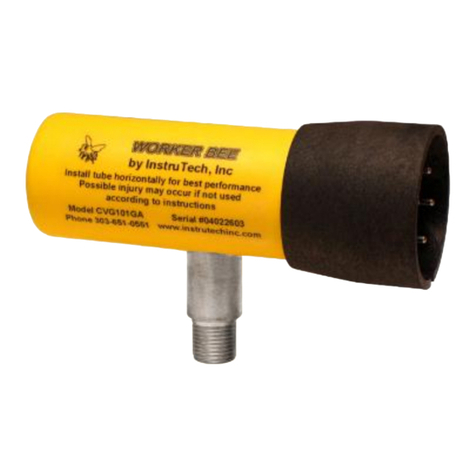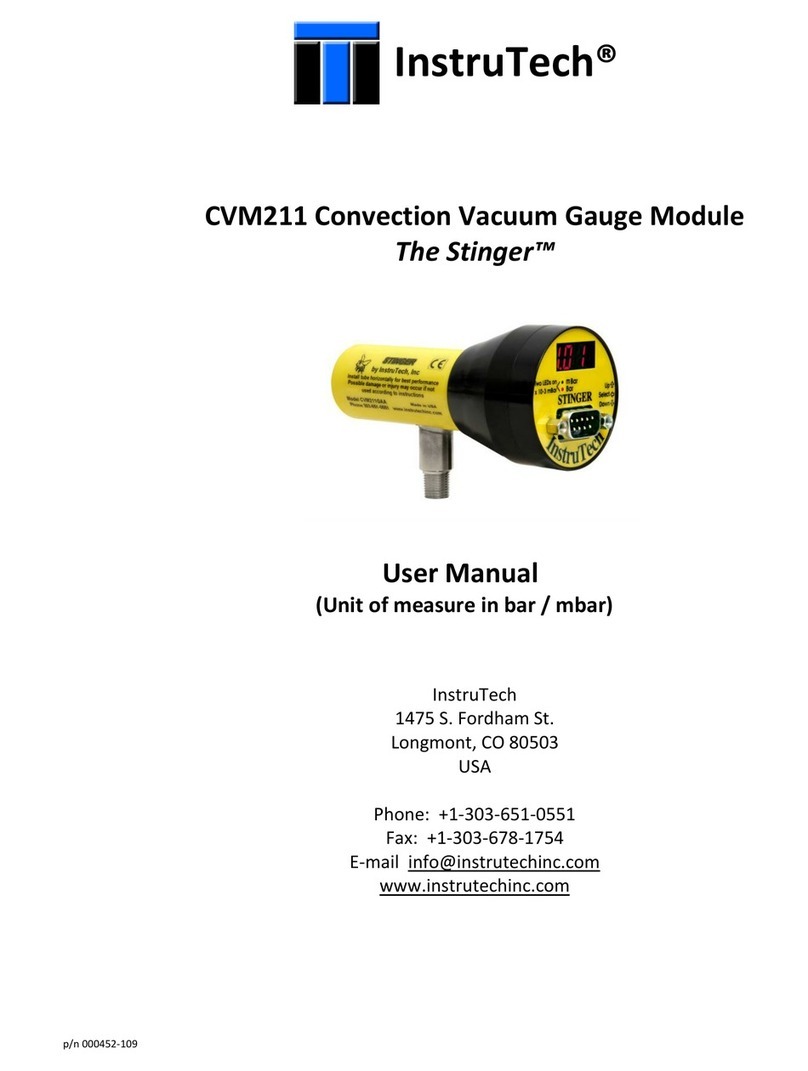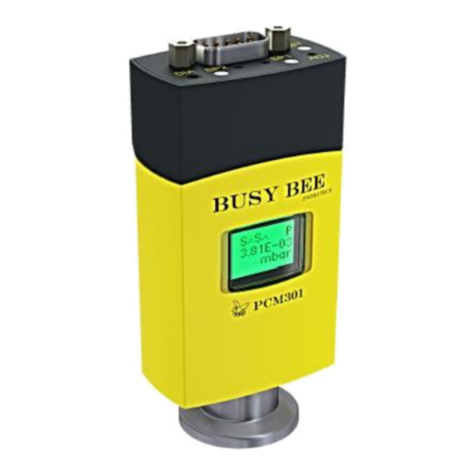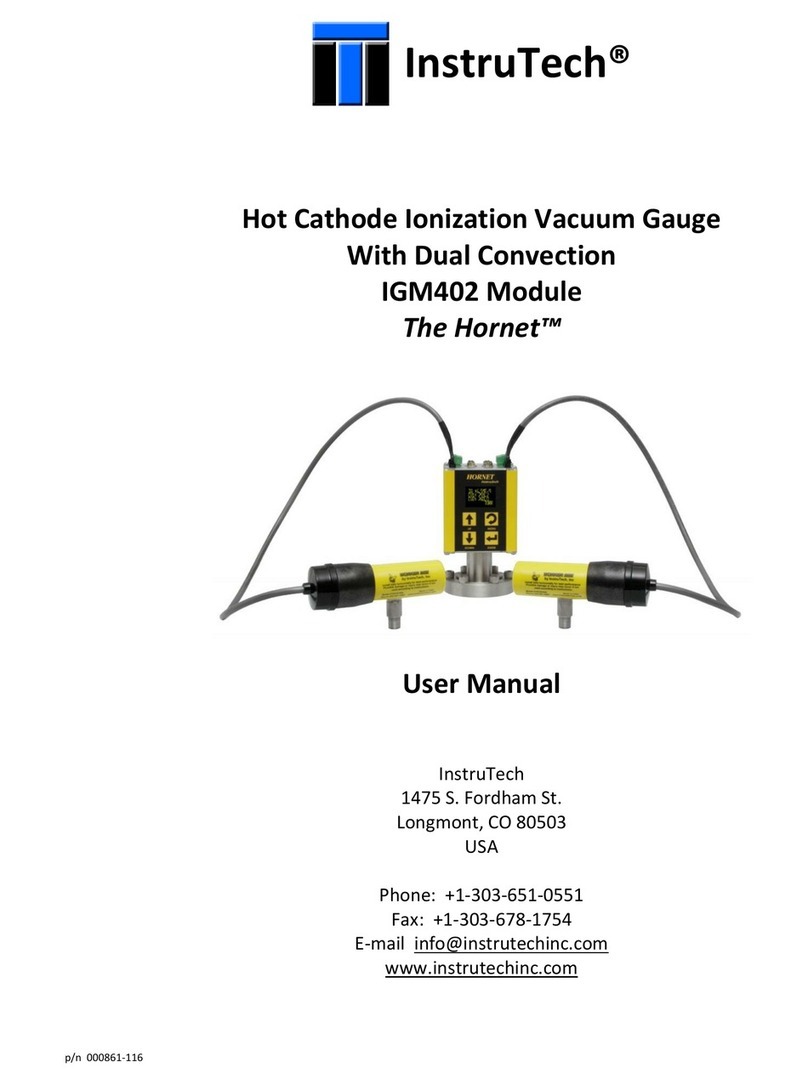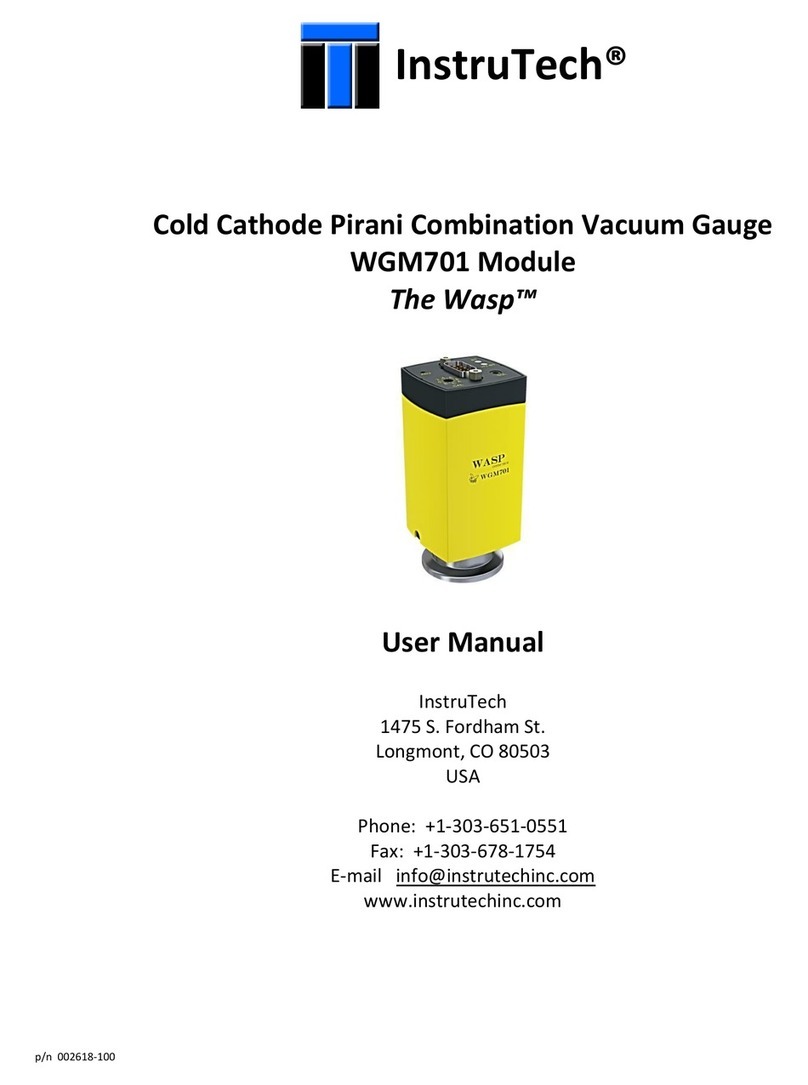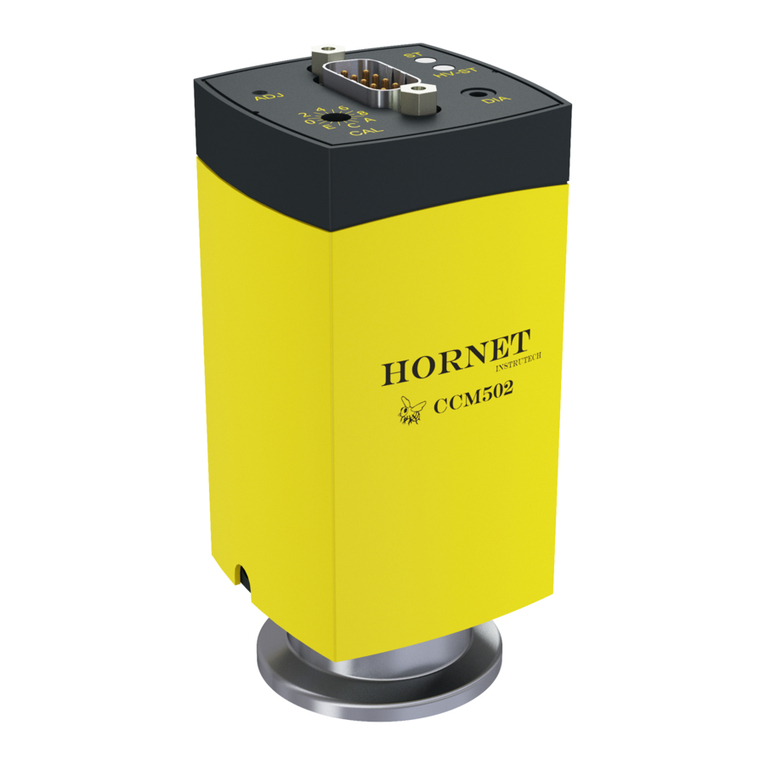
Instruction Manual CVM201 Super Bee
InstruTech, Inc. Page 8
system design and ensure safeguards and personnel safety measures are taken to prevent injury and property
damage.
2.4 Overpressure and use with hazardous gases
WARNING! Install suitable protective devices that will limit the level of pressure inside your vacuum
chamber to less than what the vacuum chamber system components are capable of withstanding. InstruTech
gauges should not be used at pressures exceeding 1000 Torr absolute pressure.
In cases where an equipment failure could cause a hazardous condition, always implement fail-safe system
operation. For example, use a pressure relief device in an automatic backfill operation where a malfunction
could result in high internal pressures if the pressure relief device was not installed on the chamber.
The CVM201 vacuum gauge module is not intended for use at pressures above 20 psia (1000 torr); DO NOT
exceed 35 psig (< 2 ½ bars) pressure inside the sensor. If your chamber goes to higher pressures, you should
install an isolation valve or pressure relief device to protect the gauge tube from overpressure conditions. With
some fittings, actual safe overpressure conditions may be lower; for example, a quick-connect, O-ring
compression fitting may forcibly release the gauge tube from the vacuum chamber fitting with only a few psi
over local uncorrected barometric (atmospheric) pressure.
CAUTION! If the internal pressure of a vacuum gauge device is allowed to increase above local
uncorrected barometric pressure (atmospheric pressure side), vacuum fittings may release and possible
overpressure conditions may cause leaks that would allow the gas inside the gauge tube to release into the
atmosphere of the surrounding environment. Toxic, pyrophoric and flammable gases are examples of
hazardous gases that if allowed to leak out of the vacuum/pressure containment vessel into the atmospheric
environment, could cause bodily injury and possible damage to equipment. Never expose the gauge tube
internal volume to pressure above local atmospheric pressure when using hazardous gases.
2.5 Gases other than Nitrogen / air
WARNING! Do not attempt to use with gases other than nitrogen (N2) or air without referring to correction
factor data tables.
InstruTech gauges and modules are calibrated for direct readout of nitrogen or air. Do not attempt to use with
other gases such as argon (Ar) or carbon dioxide (CO2) unless accurate conversion data for N2 to other gas is
properly used. Refer to sections titled “Using the gauge with different gases”, “Display” and “Analog Output” for
a more complete discussion.
WARNING! Do not use this device in an explosive atmosphere or in the presence of flammable gases,
vapors or fumes. Do not use this device to measure the pressure of explosive or combustible gases or gas
mixtures. The sensor wire in the gauge normally operates at 125 oC, but if malfunction should occur, the wire
temperature could exceed the ignition temperature of certain combustible gases and gas mixture. This could
cause an explosion which could result in serious injury or death.



















